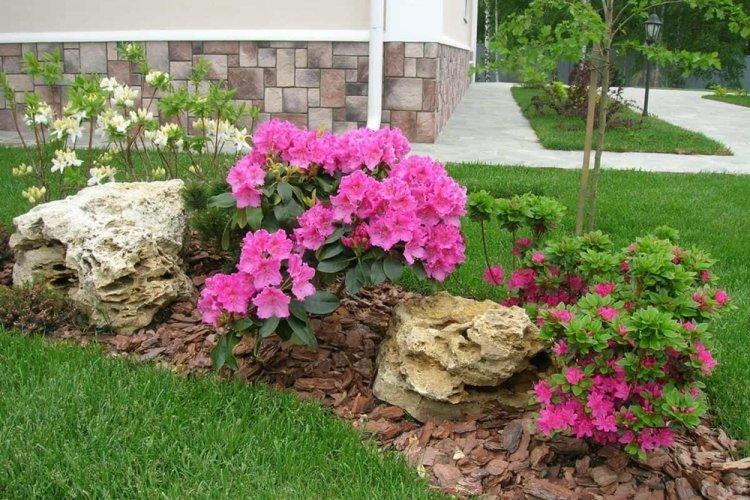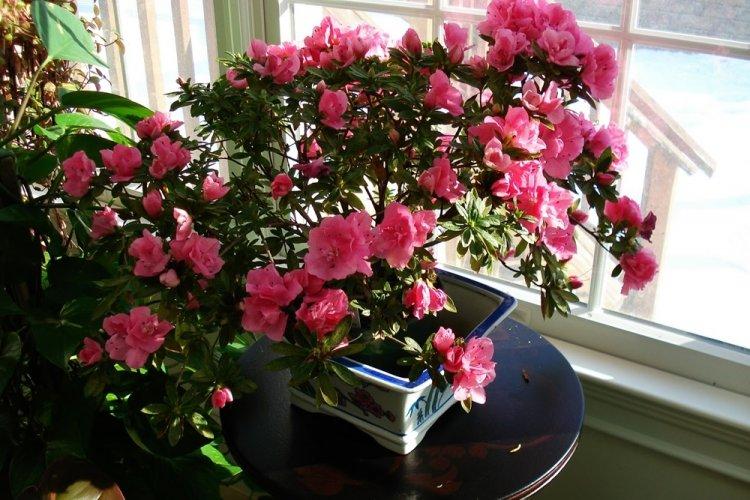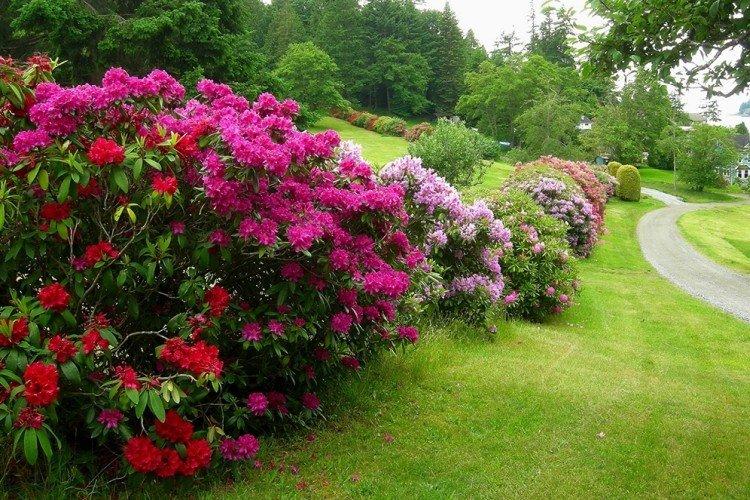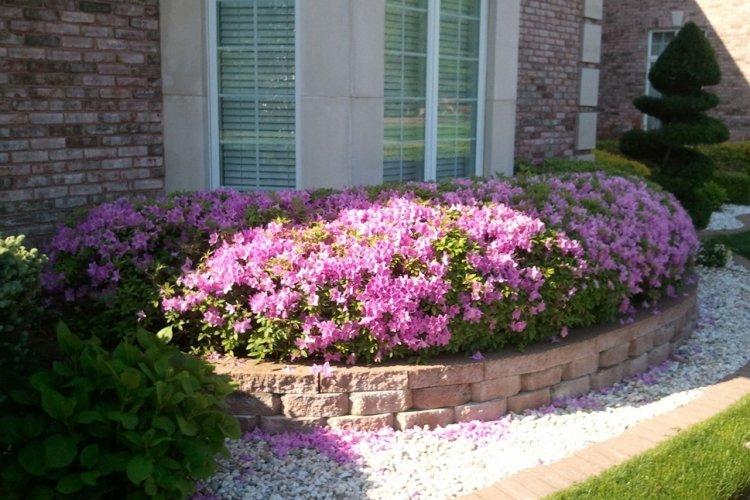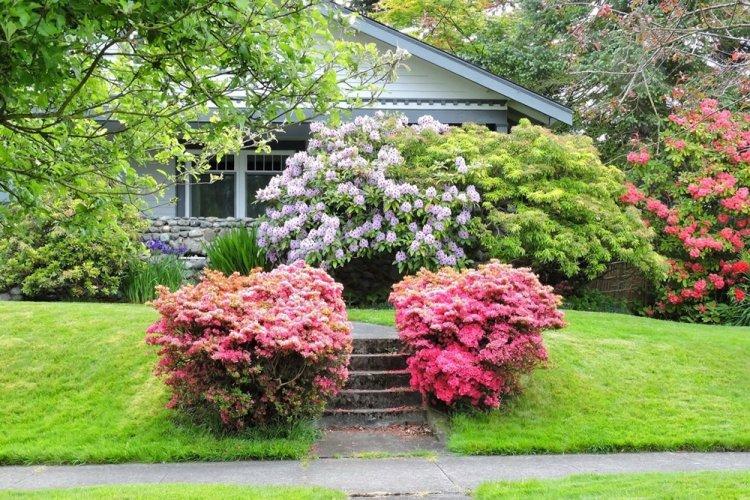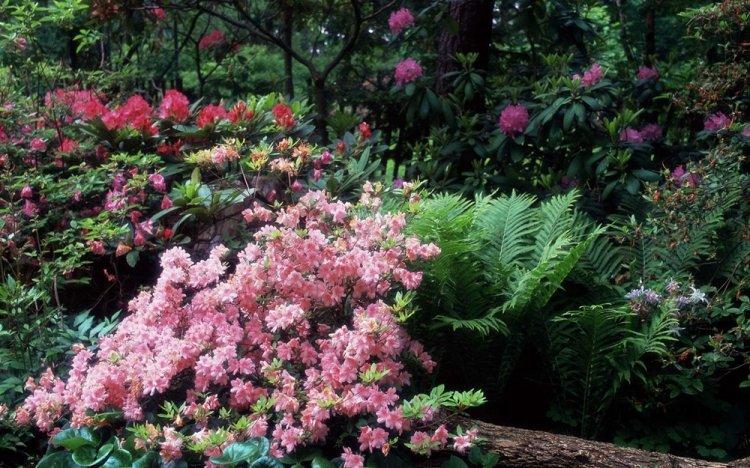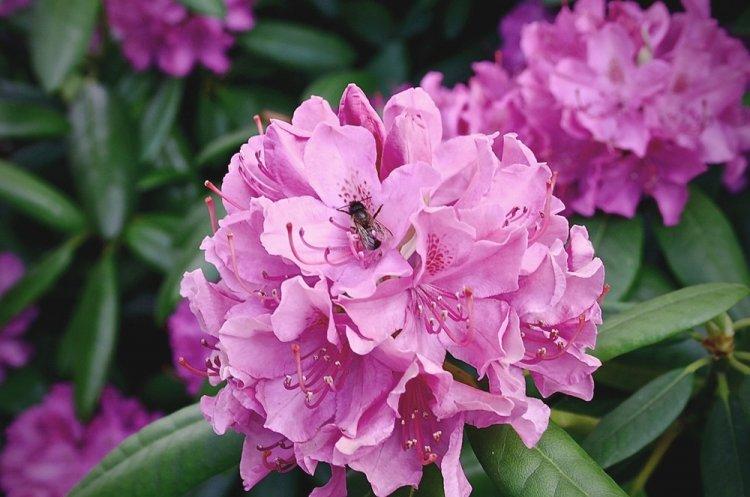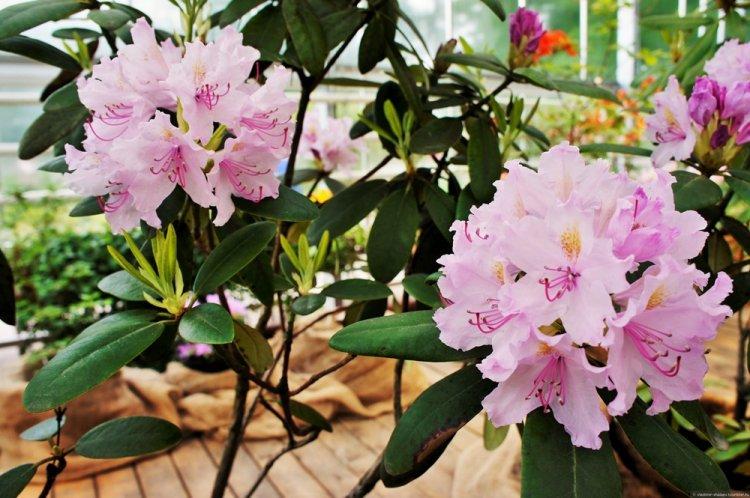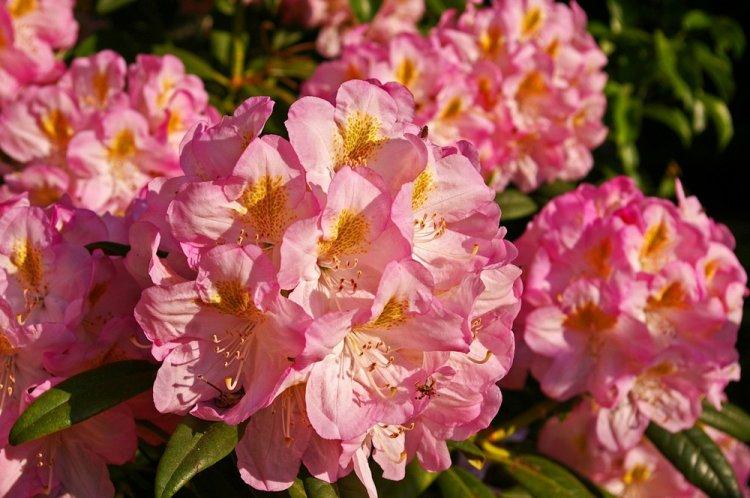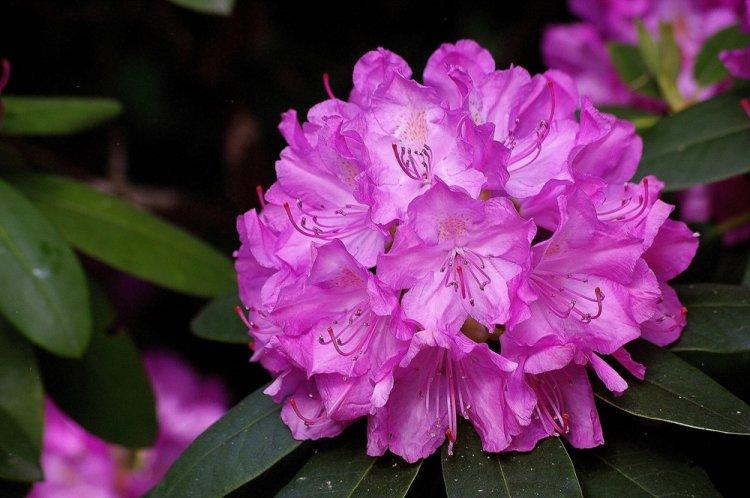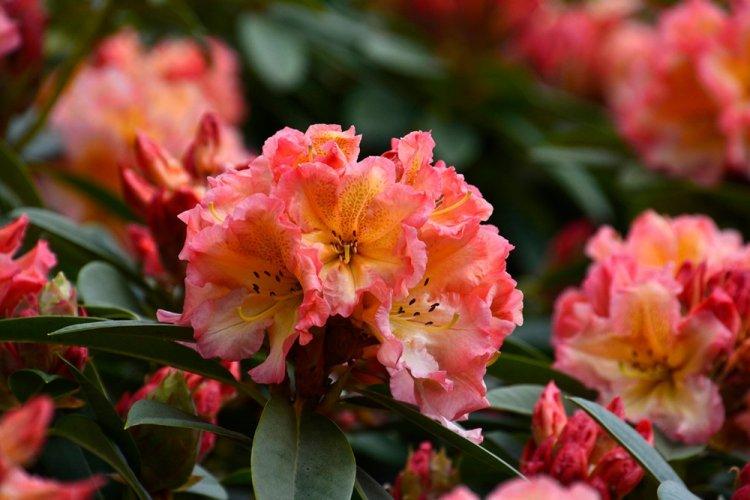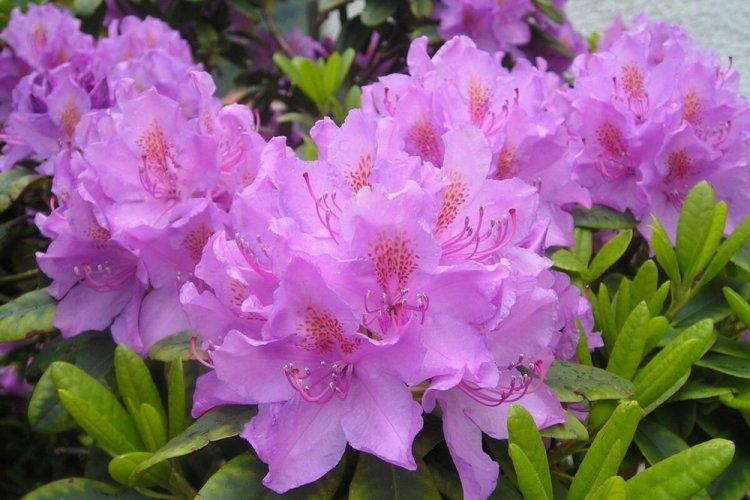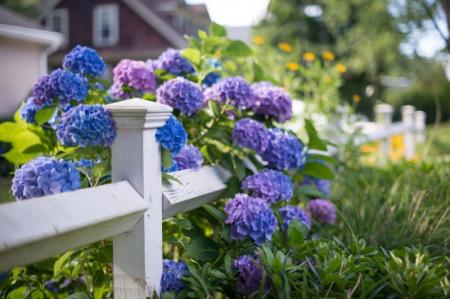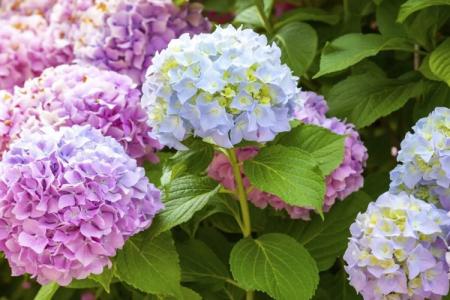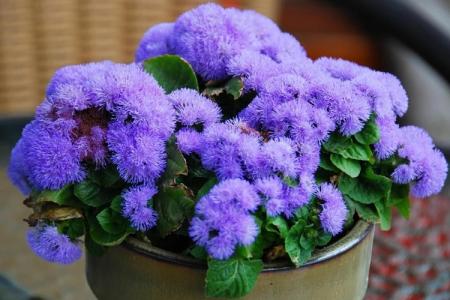
The proud handsome rhododendron is a permanent resident of the best gardens and parks in Europe. He decorates city flower beds and private collections, and gradually replaces roses in the design of plots. The densely flowering shrub is the most spectacular of its kind. It is impossible to believe that its closest relatives are cranberries and lingonberries, inconspicuous from a decorative point of view!
general information
Despite the fact that the name of rhododendron literally translates as "rosewood", it has nothing to do with roses. Of the common - perhaps the variety of varieties and fabulous beauty during flowering. And so the rhododendron belongs to the heather family.
It is most commonly found in the Himalayas, Southeast Asia, and southern China. Some species grow in Japan, North America, New Guinea and Australia. But they are all very different, from tiny creeping shrubs to entire trees.
The length of the stems of rhododendron in the wild can reach an astonishing 30 m. Flowers are quite miniature, and sometimes exceed 20 cm in diameter. But there are also compact varieties that are so fond of growing on windowsills.
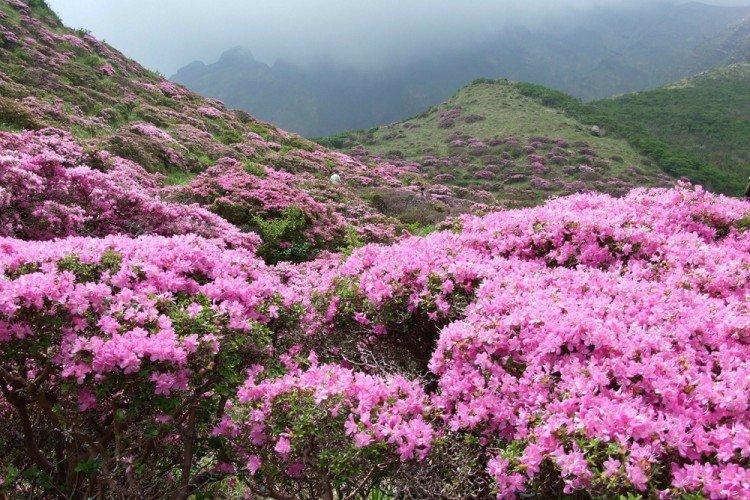
Rhododendron species
The genus of rhododendrons is surprisingly diverse, because it combines deciduous trees and evergreen shrubs. We have about eighteen species widespread. Let's take a look at some of them!
Golden rhododendron
An evergreen squat variety spreads near the ground at a height of about 30-50 cm. It has a spreading crown with large long leaves up to 8 cm long, covered with yellow-golden flowers. Golden rhododendron lives in the Far East, Altai Territory, Mongolia and some regions of Japan.

Rhododendron Albrecht
The most popular Japanese variety is found in many mid-latitude gardens. The shrub grows up to one and a half meters and is densely covered with bright pink or red flowers with an olive center. Such a rhododendron grows very slowly, but it lives up to 30 years.

Katevbin rhododendron
A spectacular winter-hardy bush, covered with long leathery leaves, stretches up to 4 m. Large inflorescences bloom on it, each of which consists of 15-20 flowers of an unusual purple-lilac shade.

Rhododendron Vasey
Alpine rhododendron feels great in the northwestern latitudes. It is a shrub up to 2-5 m with small bright leaves and pale pink flowers. In autumn, it turns into a rich crimson color and remains decorative. Vaseya is considered one of the most beautiful wild-growing rhododendrons.

Caucasian rhododendron
A low, spectacular rhododendron up to half a meter in height often grows creeping, so it looks good in garden landscaping. It has unusual oval-shaped leathery leaves with slightly curled edges. Flowers are similar to funnels of yellowish or greenish color.

Atlantic rhododendron
The North American variety loves wet forests, swamps, and sandy coasts. Although it grows a little more than half a meter, it has a dense, spreading crown with large ovoid leaves. The white flowers are pinkish and famous for their strong scent.

Yellow rhododendron
A beautiful delicate variety is also called Pontic azalea. It is notable for its large vanilla-yellow or orange flowers with a pronounced aroma. It is a deciduous frost-resistant variety that stretches upwards from 2 m.
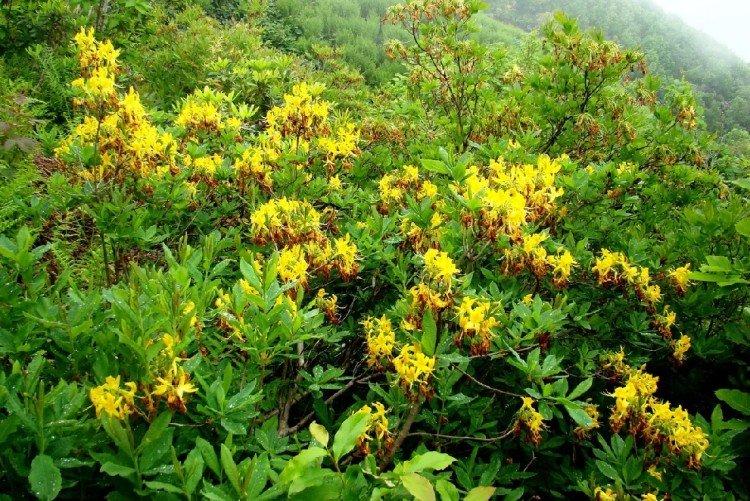
Kamchatka rhododendron
A squat, low shrub stretches up to 40 cm, but it spreads well over the territory. It has small, rounded leaves and distinctive purple-pink flowers up to 4 cm in diameter.
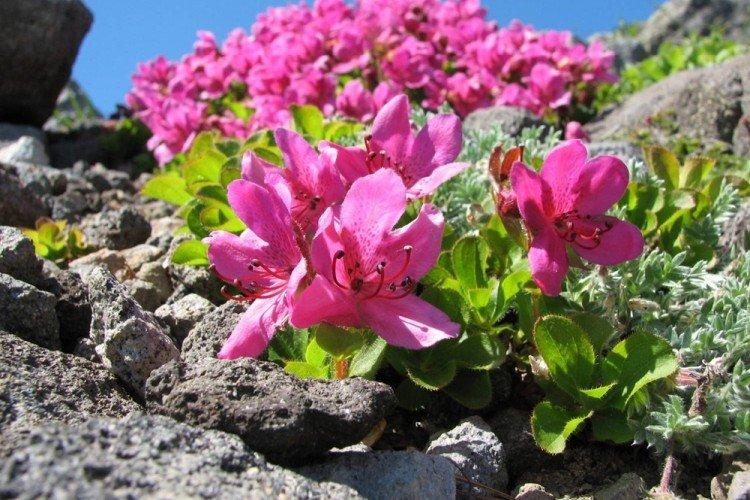
Carpal rhododendron
Rhododendron, originally from China, rarely grows above half a meter in the garden. It has a beautiful and neat rounded crown that does not need regular molding. White, pink or scarlet flowers, only one and a half centimeters, are collected in funnels at the tops of the stems.

Blushing rhododendron
The graceful evergreen variety blooms by mid-spring and delights with beautiful purple flowers. Their diameter is only 2.5 cm, but the inflorescences seem large, because they consist of 4-5 flowers. Blushing rhododendron is almost odorless, so it's your choice if you can't stand harsh scents.
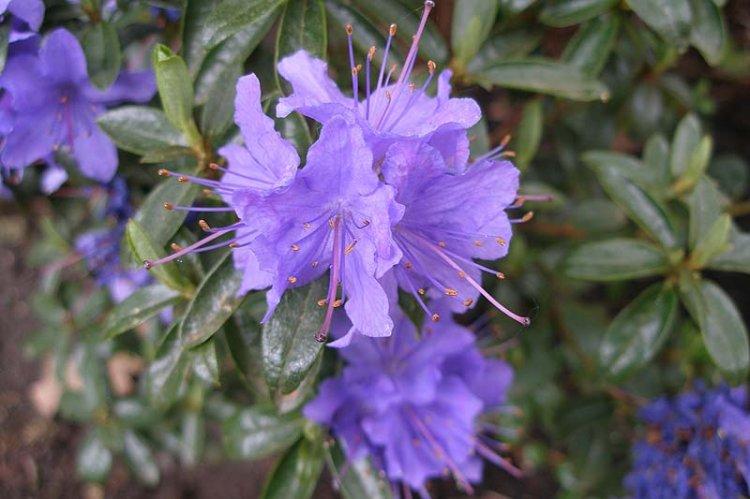
Rhododendron care
Rhododendrons are grown in greenhouses and in rooms, but the general care habits remain unchanged. The main thing is to properly organize wintering and maintain a stable temperature and humidity regime.
Temperature and lighting
Rhododendron prefers more bright light, so it feels good even on the south side. Bring indoor flowerpots outside in summer, but shade them from direct rays. The ideal temperature is about 22 degrees, but 16-18 is fine. For the winter, indoor varieties are removed to a cold place (5-8 degrees) for at least a month and a half so that future buds ripen.

Watering
In summer, rhododendron is watered every time the topsoil dries up. Use only settled warm water, and alternate top and bottom watering for indoor flowerpots. Keep in mind that the flower does not tolerate dry air, so spraying several times a day is normal practice during a drought.

The soil
Special heather soil is best suited for rhododendron, but moist peat soil will also work. Keep in mind that the flower grows for a long time and needs different conditions at different times of life. For the winter, the bushes are insulated with spruce branches, spruce branches and burlap. But in warm latitudes, where there is no too severe frost, this is not necessary.
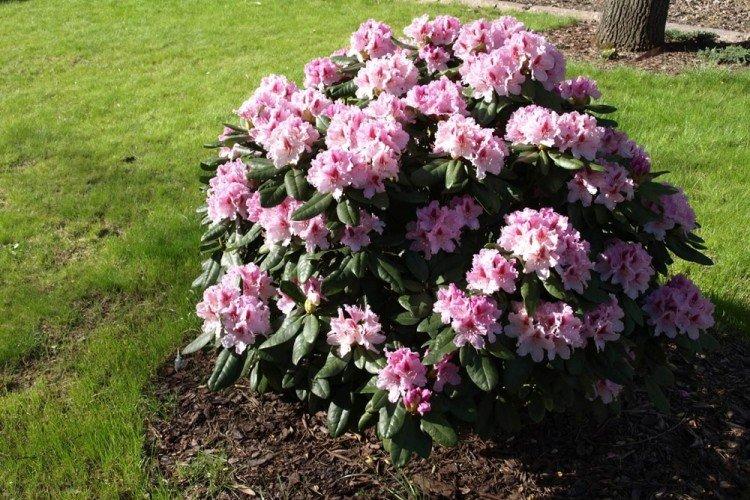
Fertilizers and feeding
Rhododendron loves feeding very much, even if these are very young plants that do not bloom yet. Use liquid mixtures with the addition of rotted manure or hornmeal from early spring to the end of flowering. Make sure the mail remains sour, so pick the right formulations.
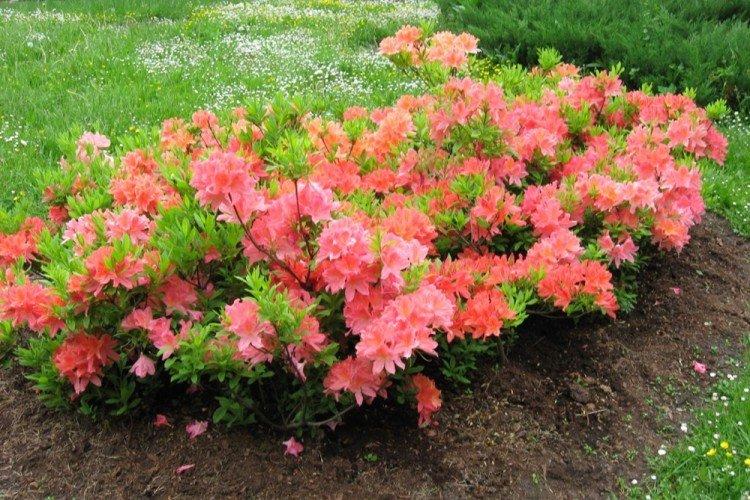
Transplant and reproduction
The easiest way to propagate a rhododendron is by branches, when part of the long branches are buried in the ground. To do this, select several flexible young shoots, bend them into the groove and cover them with garden soil. The part of the shoot that remains on top requires vertical support. Already in the fall or next spring, you can cut off the branch from the parent and transplant.
A seed-planted rhododendron will only start blooming after 6-8 years, so be prepared for a long wait. The seedlings spend the first month under the film, and the entire first year in a cool greenhouse. When picking, be sure to deepen the cotyledons so that the root system develops better. Young bushes are transplanted into the ground only in the second year.
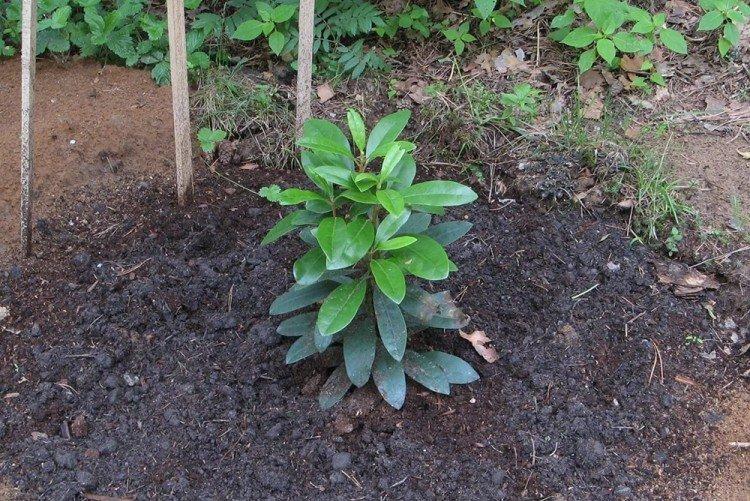
Cuttings are another rather long and complicated method for which you need semi-lignified stems 5-8 cm long. Tear off the lower leaves from them and place them in a stimulant solution for root growth. Use a sandy peat substrate and cover the young seedlings with a transparent canopy.
Rooting of cuttings can take from 1.5 to 4.5 months, depending on the variety. Then they are planted in boxes, next spring they are dropped into the ground with boxes, and after 1-2 years they are transplanted to a permanent place.

Pruning
Rhododendrons are naturally very nice and neat, so they do not need pruning for molding. Only rejuvenation or preventive pruning is carried out if the bush has become too tall. After winter, be sure to cut the frozen stems, but it is important to do this before warming and active movement of the juice.
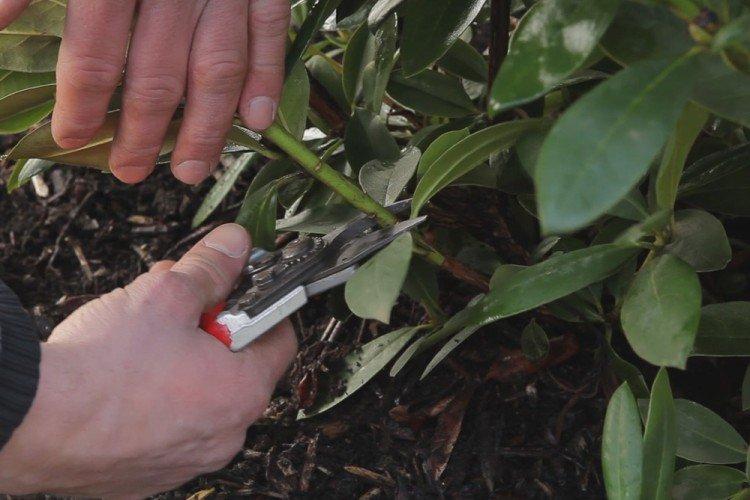
Pest and disease control
The main scourge of all rhododendrons is the rhododendra bug, which leaves whitish spots on the leaves. A large parasite up to 3-4 mm in size, so it can be noticed even so. On the reverse side of the plates, the bug lays eggs, and the new offspring wakes up after wintering.
Rhododendron also faces more typical problems - spider mites or weevils. Thrips, garden beetles, or narrow-winged moth may appear.The principle of operation is the same - timely treatment of seedlings with insecticides.
If yellow spots grow on the tips of rhododendron leaves, it is most likely mixed chlorosis. The most common reasons are lack of fertilizer or stagnant water. Another indicator of nutritional deficiencies is the reddish-brown spots along the veins. And if the rhododendron is too cold, the leaves may die off altogether.

Rhododendron - photo
Rhododendrons look great on their own or in groups with other moisture-loving plants. They are regularly used for landscaping areas. Just look how beautiful it is!

